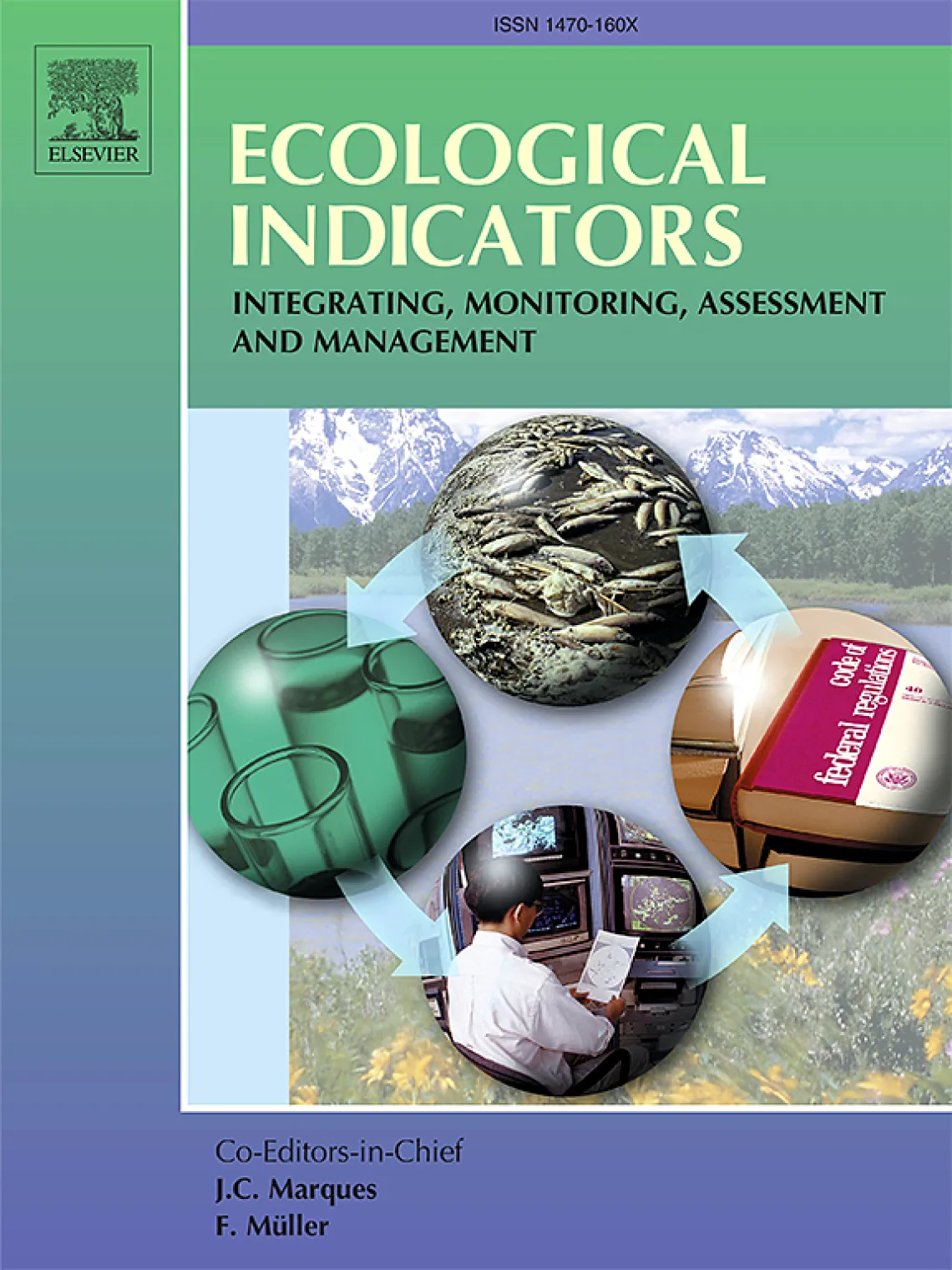ALRS Student, Scott Jones, Publishes Paper in Ecological Indicators

ALRS Student, Scott Jones, Publishes Paper in Ecological Indicators titled "Topoedaphic constraints on woody plant cover in a semi-arid grassland." Co-authors for this were Steve Archer, Kyle Hartfield, and Stuart Marsh (former ALRS Program Chair).
Abstract
The proliferation of unpalatable woody plants at the expense of perennial grasses in recent decades has challenged our ability to manage rangelands. While there is substantial research documenting shrub proliferation, we know little about the maximum potential shrub cover for a given topoedaphic setting. To better understand the environmental controls over and constraints on shrub cover, we used high spatial resolution imagery to classify cover of a shrub (Prosopis velutina, velvet mesquite) proliferating in a Sonoran Desert grassland in southern Arizona, USA and explored how maximum shrub cover varies across ecological sites and topoedpahic settings. While the upper limit of shrub cover at the continental-scale is constrained by mean annual precipitation (MAP), our results show that this maxima has a wide range variously dictated by elevation, slope inclination/aspect, soil texture, and rainfall re-distribution. Within the watershed, maximum potential shrub cover ranged from < 3% to 45% with the magnitude and direction of topoedaphic influences varying significantly between landscape components. For example, topoedaphic properties enhanced precipitation (PPT) effectiveness and elevated maximum shrub cover above what might be predicted based on MAP alone on some ecological sites, but reduced PPT effectiveness and constrained shrub cover to levels below what would be predicted from MAP on other sites. Knowledge of upper limits of shrub cover at the within-watershed scale will strengthen dynamic vegetation models, serve as a basis to better design field and modeling experiments and decision support tools, and provide a spatial context indicators for prioritizing conservation/land management goals and objectives.
To read the article, click here: https://doi.org/10.1016/j.ecolind.2023.110226
